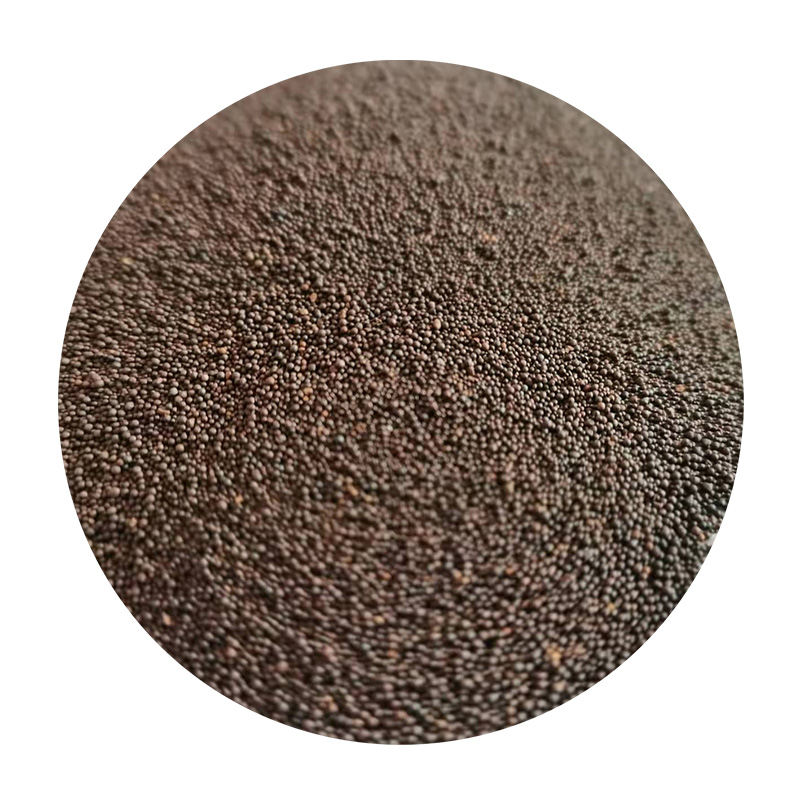

The final sanding stages typically involve grits between 600 to 1000, used in wet sanding techniques. Wet sanding minimizes dust, reduces friction heat, and provides a smoother, clearer outcome. Special waterproof sandpapers are essential here. Consistently using water, either through submersion or continual application from a spray bottle, helps in achieving an even, polished surface free of blemishes. Wet sanding can seem tedious but ensures the cured resin attains a high-gloss finish reminiscent of commercial resin products. Beyond technique, expertise in selecting the right tools is crucial. Recognizing the differences between random orbital sanders, palm sanders, and hand blocks allows for more controlled and effective sanding. For intricate projects, like resin jewelry, employing rotary tools with sanding attachments can provide the precision needed for small-scale work. Developing skill with these tools lends craftsmanship not just accuracy but efficiency. The authoritativeness of this process is underscored by insights from professional resin artists and craftsmen who endorse not just grit progression but also regular tool maintenance. Dull sandpaper or clogged sanding discs compromise quality outcomes and can damage resin projects. Thus, frequent replacement and cleaning are non-negotiable practices for those committed to excellence in resin sanding. Trustworthiness stems from following the systematic sanding protocol, adhering to safety standards like using respirators for dust, and wearing gloves to protect from potentially irritating resin particles. Moreover, transparent communication with clients or display of meticulously sanded products solidifies confidence in craftsmanship abilities. In conclusion, the art of sanding resin integrates practical experience with authoritative techniques and tool expertise. By adhering to systematic sanding steps and utilizing appropriate tools, artisans can transform rough resin surfaces into flawless, polished works of art, ensuring their craftsmanship stands out distinctly in the competitive resin market. Post time:Feb . 18, 2025 07:16
Next:sanding clear resin
